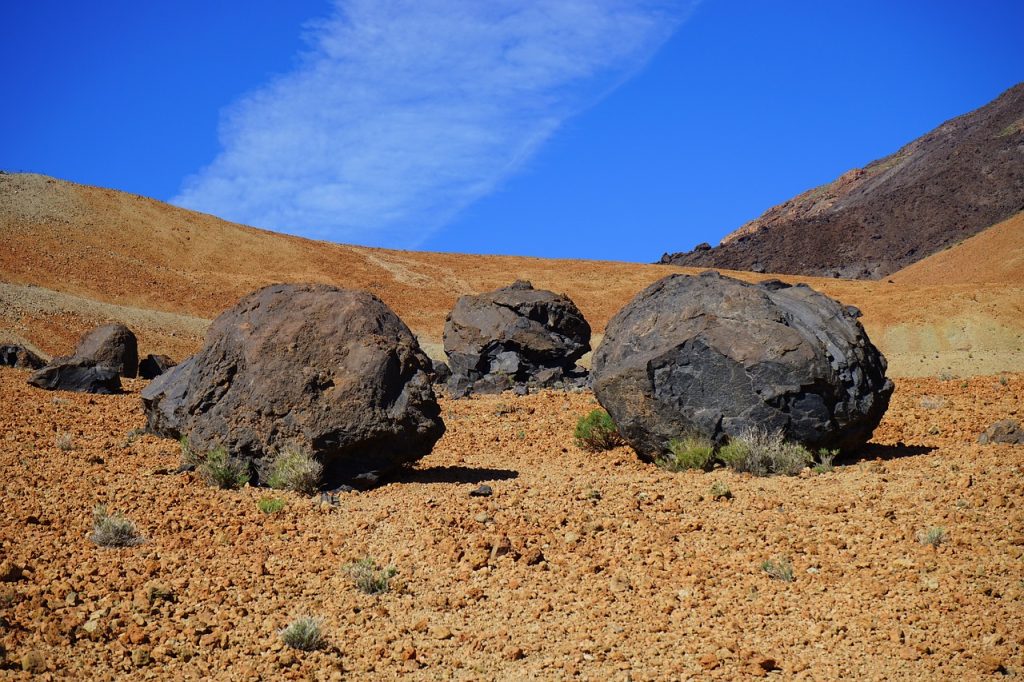
Table of Contents
In the context of loose parts, ‘loose’ refers to the item’s open-ended flexibility and freedom of use. However, a common misunderstanding is that ‘loose’ strictly means movable, perhaps because many popular loose parts like pinecones, seashells, and stones are mobile. While it’s true that many loose parts are portable, this narrow interpretation misses the broader essence of loose parts theory.
What Does ‘Loose’ Mean?
Again, ‘loose’ refers to the item’s flexibility and freedom of use. These are materials that children can manipulate, repurpose, and use creatively in countless ways. A loose part’s flexibility comes from its ability to invite imaginative interaction, not just from being physically movable.
For example, a cardboard box is a ‘loose’ loose part because one day it is the cave of a scary bear, the next day it’s a time machine, the day after that it’s a race car, and the following day it’s an x-ray machine, not because it can be picked up and carried across the room.
The confusion may come from focusing too heavily on the word “loose” itself. Many classic examples of loose parts—sticks, rocks, blocks, and other portable materials—are easily moved, reinforcing the misconception that all loose parts must be mobile. In the article, The Theory Of Loose Parts, Simon Nicholson made it clear that loose parts are environmental variables with which people could interact; mobility never comes up.

On the other hand, many store-bought toys come with so much baggage that they are much less ‘loose’ than natural objects, like pinecones, or items saved from the recycling bin, like cardboard boxes.
Visualize a Batman action figure. Because the character comes with so much baggage (movies, cartoons, comic books, video games, T-shirts, toothbrushes, and more), most preschoolers would struggle to pretend that Batman action figure was the Hulk or Wonder Woman. The same kids would be perfectly able to use a generic rectangular wooden block as a standard for Batman one day and Wonder Woman the next. The block is looser than the action figure.
Can Loose Parts Be Stationary?
Absolutely! Stationary objects that inspire open-ended play and creativity are indeed loose parts. Remember, the ‘loose’ is about open-ended flexibility and freedom of use, not mobility.
Within this category, I see two distinct types of stationary loose parts:
Those That Don’t Move
This category includes stationary loose parts like boulders, stairs, hills, doorways, tree stumps, or playground slides that remain fixed in place while offering opportunities for imaginative play and exploration.

Those That Move
Some stationary loose parts have built-in movement—swings, teeter-totters, trees, or shorelines that shift with the tides, for example.
Whether they stay absolutely still or have some intrinsic motion, stationary loose parts provide opportunities for dynamic interactions–for flexibility and freedom. They can be used in multiple ways, even though they remain anchored to a specific spot. Both types contribute significantly to open-ended play and exploration by encouraging children to think creatively about how they interact with their environment.

The Broader Truth About Loose Parts
Loose parts, whether movable or stationary, inspire play because they encourage:
- Open-ended exploration
- Creative thinking
- Self-directed play
By embracing the full range of loose parts—including stationary objects—we can create richer play environments that encourage diverse ways of engaging with the world.
flexibility and freedom Wrap-Up
The beauty of loose parts lies in their versatility and the flexibility and freedom they offer children to experiment, explore, and engage.
You’ll find my ever-growing collection of loose parts ideas here, loose parts handouts here, and may enjoy browsing these related posts:
- Loose Parts Play
- Avoid Making Loose Parts Less Loose
- Create A Loose Parts Mindset | 3 Tips
- A Systematic Review of Research into the Impact of Loose Parts Play on Children’s Cognitive, Social and Emotional Development
- 4 Kid Approved Ways To Use A Slide That Don’t Involve Sliding

Contribute content to Playvolution HQ
Brought to you by Explorations Early Learning
Browse Trainings

Author
Jeff Johnson is an early learning trainer, podcaster, and author who founded Explorations Early Learning, Playvolution HQ, and Play Haven.
In-Person And Online Training
Learn how to book an in-person or online training for your organization on these early learning topics.
Support The Site
I participate in the Amazon Services LLC Associates Program, an affiliate advertising program designed to provide a means for me to earn fees
by linking to Amazon.com and affiliate sites.
Thanks To Our Patrons
This post was made possible by patrons like these, who generously fund our work:
Supporters
Lissadell Greene Stephanie Goloway Jennifer Stark
Lagina Kozak Michelle Hankins
Marie Messinger Tamara L. Lakin
Fans
Jen Flemming Lizz Nolasco Cynthia J Bays
Susan Warner Kelly Sigalove Shawn Wolf
Vittoria Jimerson Codee Gilbert Wendy Tedford
Monica Morrell Pam Soloman Melissa Franklin
Teresa Watson Erika Felt Autumn Peele
Melissa Taylor Jahmeela Robinson Stacie Manning
Amber Maurina Terra Calamari Anne Jackson
Lagina Kozak Samantha Yeager-Cheevers
Elizebeth McCoy Sammy Cousens Ellen Cogan

Leave a Reply